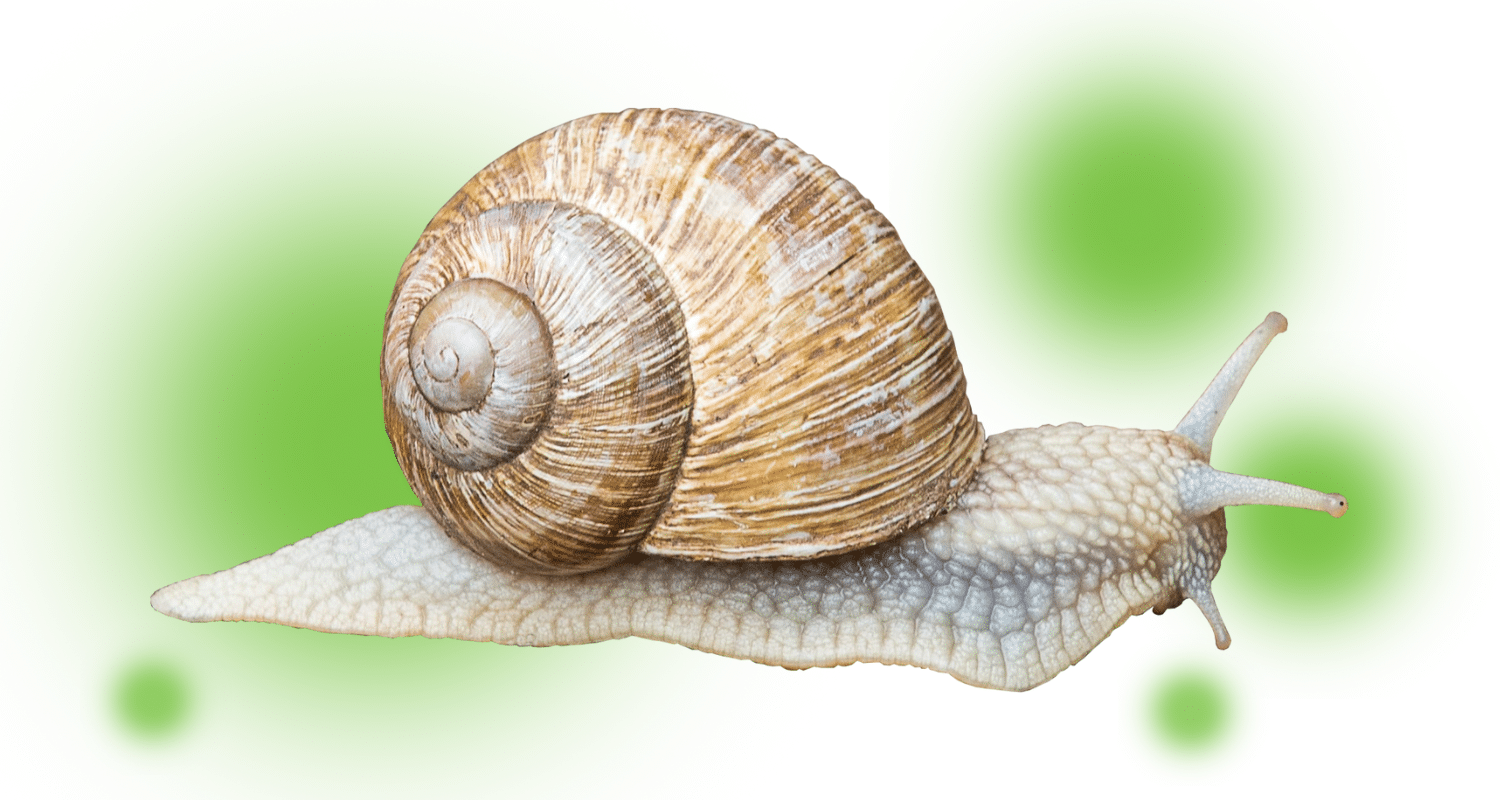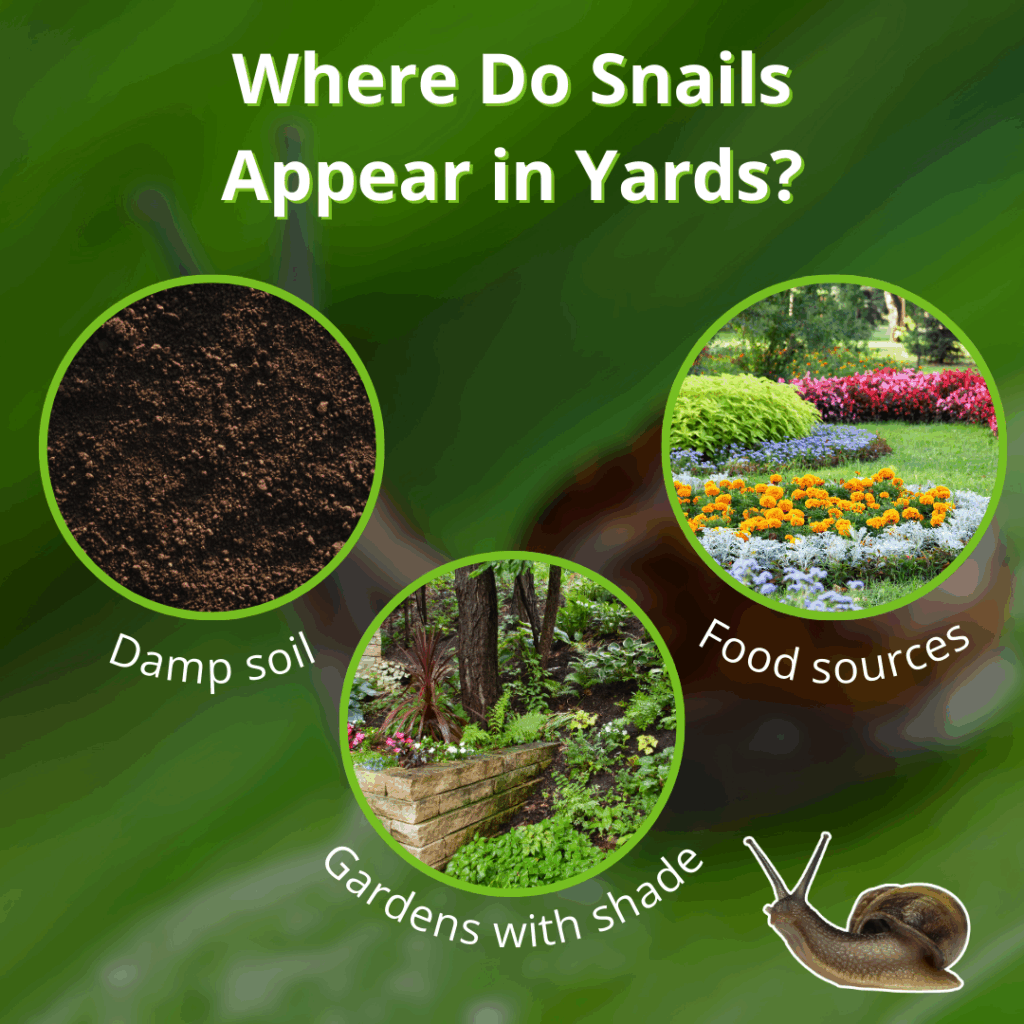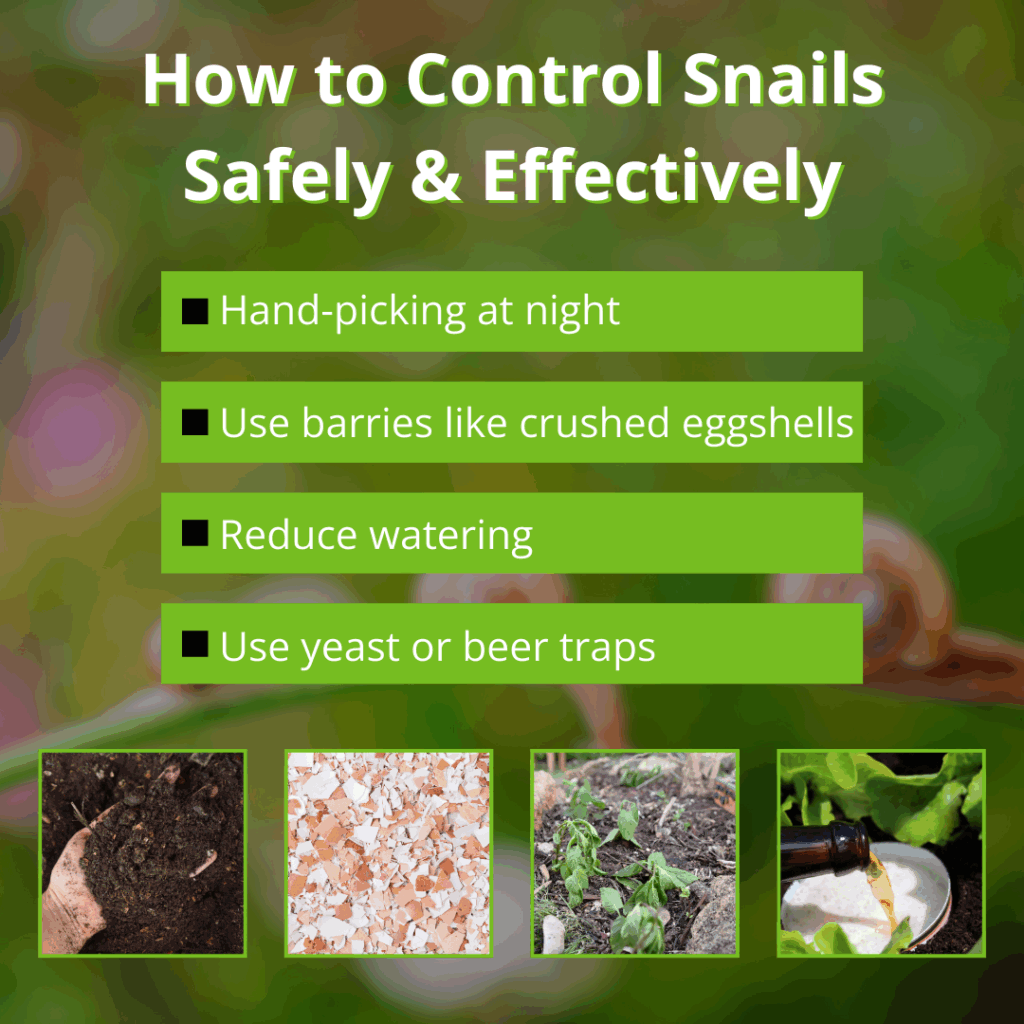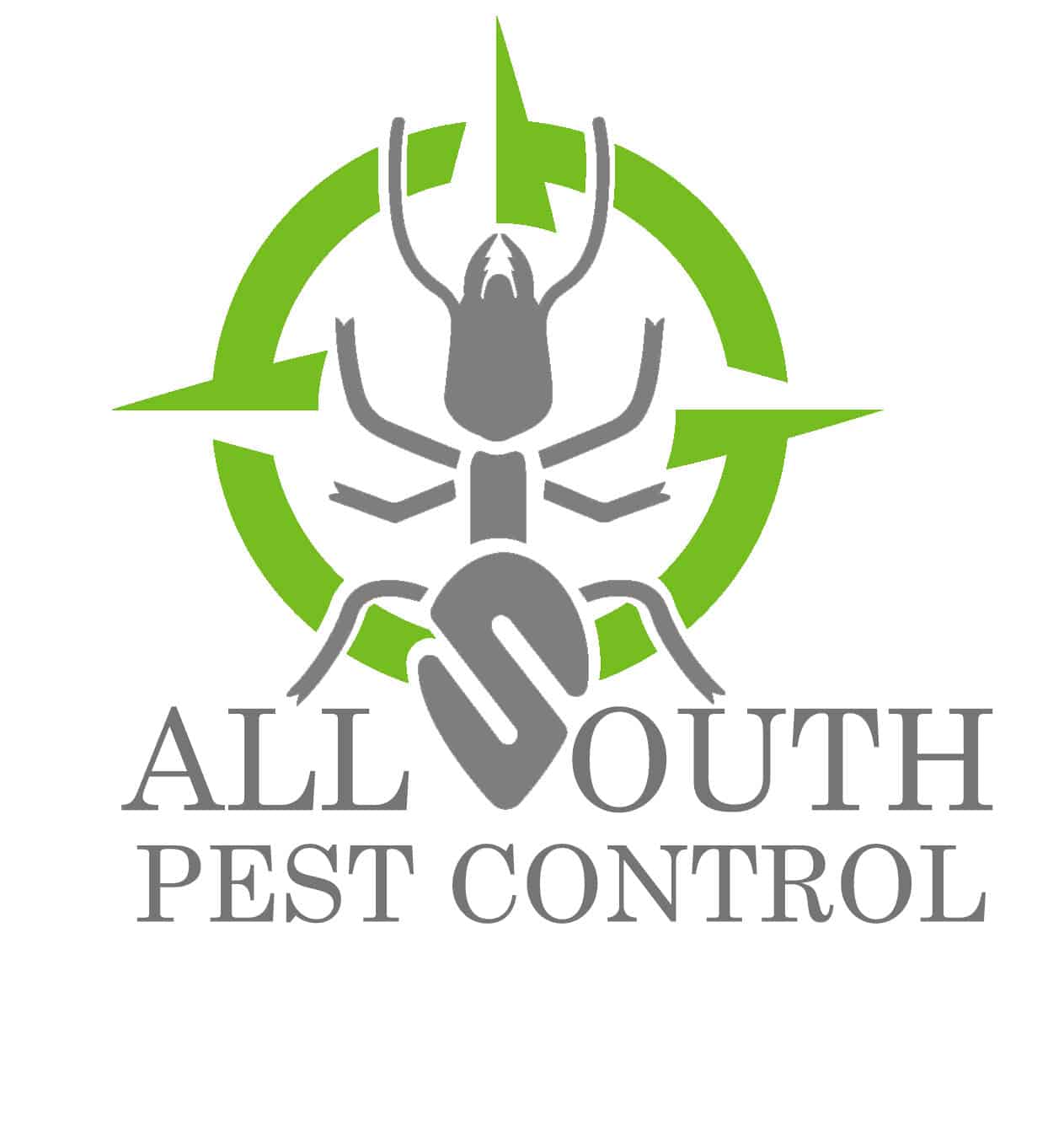
Snails are a common sight in gardens, especially in damp or shaded areas. But many homeowners ask the same question: are snails pest bugs or harmless garden visitors?
The short answer is that snails can be both. In small numbers, they help recycle organic matter, but when their population grows, they quickly turn into destructive pests that damage plants and attract other unwanted problems.
Let’s break down when snails are harmless and when they become pests, the signs of snail damage, and how to keep them under control.
What Are Snails and Why Do They Appear in Yards?
Snails are not insects, even though they are often grouped with pests. They are mollusks, closely related to slugs. Unlike insects, they have soft, slimy bodies and carry a spiral shell for protection.
Snails are drawn to certain environments, and if your yard provides the right conditions, you’ll see them often. They thrive in:
- Moisture: Damp soil, standing water, or irrigation systems make the perfect home.
- Shade: Gardens with thick mulch, heavy ground cover, or shaded corners attract them.
- Food sources: Snails feed on plants, flowers, fruits, and vegetables.
If your yard or garden is shaded and watered often, it’s likely to be a snail hotspot.

Are Snails Pest Bugs or Harmless Garden Visitors?
This is where things get tricky. Snails play a dual role in the garden.
- Helpful Role: Snails can help break down dead plant matter, contributing to healthy soil. A few snails won’t cause much trouble and may even be a sign of rich, fertile ground.
- Harmful Role: When snails multiply, they chew through leaves, flowers, and fruits, leaving behind damage that weakens or kills plants. They also spread slime trails, which aren’t just unsightly but can attract more pests.
For homeowners, the key is recognizing when snails are simply passing through versus when they’re causing long-term harm.
Signs Snails Are Causing Damage in Your Garden
If you’re not sure whether the snails in your yard are harmless or harmful, here are signs to watch for:
- Chewed leaves and fruit: Ragged holes or shredded leaves on vegetables, flowers, or ornamental plants.
- Slime trails: Silvery, sticky tracks on sidewalks, patios, or the plants themselves.
- Wilting plants: Plants that stop thriving despite proper watering may be under snail attack.
- Night activity: Snails are nocturnal, so you may not see them during the day. Use a flashlight at night to check for activity.
Vegetable gardens are especially vulnerable. Lettuce, tomatoes, cucumbers, and herbs are some of snails’ favorite meals. If you’re growing food, a large snail population can destroy your harvest.
How to Control Snails Safely and Effectively
Homeowners have a few options when dealing with snails. Some methods are quick fixes, while others focus on prevention.
DIY Control Methods
- Hand-picking: Go out at night with gloves or tongs and remove snails by hand.
- Barriers: Copper tape, crushed eggshells, or sand around plants can deter snails.
- Moisture control: Reduce watering in the evening, thin out mulch, and eliminate standing water.
- Traps: Shallow dishes filled with beer or yeast water can lure and trap snails.

Why Professional Pest Control May Be Necessary
DIY methods can reduce snail numbers, but they may not solve the problem entirely. If snails keep coming back, it usually means the environment is still ideal for them or there’s a larger infestation than you realize.
Professional pest control offers:
- Safe treatments: Products designed to work without harming your yard or garden.
- Long-term prevention: Solutions that stop snails from returning.
- Expert eyes: A professional can spot other pest risks that homeowners may miss.
A single snail problem may not seem like much, but ignoring it can lead to bigger pest issues. For example, snails are a food source for rodents, which can bring additional risks into your home.
Other Pest Control Services from All South Pest Control
Snails may be a nuisance, but they are only one of the many pests that All South Pest Control helps homeowners manage. Their services also include:
- Termite Control: Termites cause over $1,000 to $10,000 in property damage each year in the U.S. All South Pest Control specializes in protecting homes from this costly threat.
- Rodent Control: All South Pest Control treats rodents like rats and mice that spread disease, chew wiring, and invade food storage in the home.
- German Roach Treatments: German cockroaches are one of the hardest pests to eliminate without professional help.
- Mosquito Control: Protect outdoor spaces from bites and reduce the risk of mosquito-borne diseases.
By offering a full range of services, All South Pest Control provides homeowners with one trusted resource for every pest problem, indoors or outdoors.
Related Questions
Do snails bite or harm humans?
No. Snails do not bite humans. They may feel slimy or leave trails, but they are not dangerous.
Are slugs worse than snails for gardens?
Yes. Slugs are essentially snails without shells and often cause even more damage since they are more mobile.
What time of year are snails most active?
Spring and fall, when moisture is high and temperatures are mild, are peak snail seasons unlike winter and summer.
Can a few snails in the yard actually be good?
Yes, a few snails can help break down organic matter. The problem comes when populations get too large.
How do snails compare to other garden pests like caterpillars?
Snails and caterpillars both chew on plants, but caterpillars often target specific plants, while snails are less selective and damage a wider range of vegetation.
Conclusion
So, are snails pest bugs or harmless garden visitors? The answer depends on the numbers. A few snails may not hurt, but large groups quickly turn into pests that damage plants and attract other problems.
If snails or other pests are affecting your home or garden, contact All South Pest Control today. Our team handles snails, termites, rodents, roaches, mosquitoes, and more, helping you keep your home safe, comfortable, and pest-free.

Recent Comments